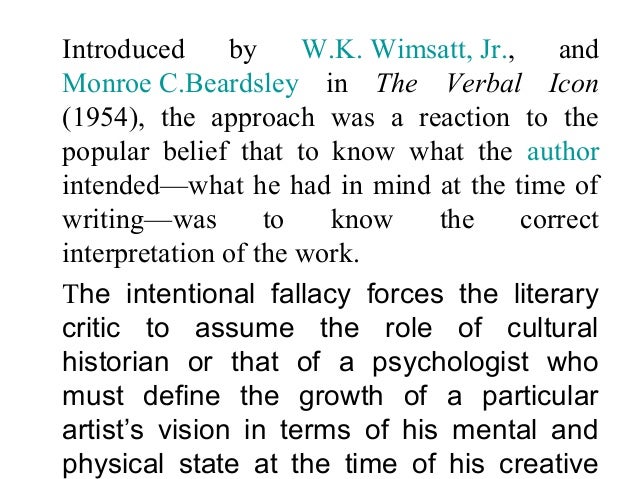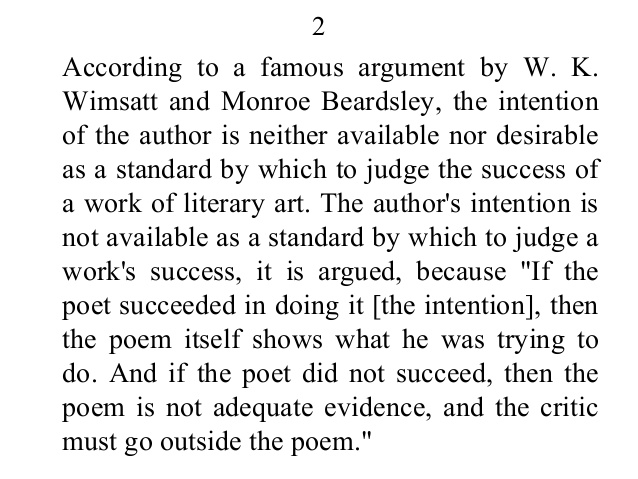


If Marxist critics have been inclined to read literary forms as expressive of social struggles, critics who have been influenced by French philosopher Michel Foucault have been more disposed to read formal literary devices as ways of controlling and disciplining readers.

Miller, The Novel and the Police (Berkeley, CA: University of California Press, 1989). And yet, the nineteenth-century British novel also uses its form to limit the sense of modernity's massive transformations by bringing youthful characters to mature and settled endings, as though the enormous upheavals of the modern period could be resolved through marriage.ĭ. It interprets the European novel of education or development – the Bildungsroman– as a quintessentially modern form, one that focuses on youth and change in ways that convey the restlessness of life in a moment of rapid industrialization and class transformation. Moretti's Way of the World is a beautifully clear and well-written example of this kind of reading. Marxist critics have a long tradition of reading literary forms as expressive of social and political struggles.

These essays inspired many later attacks from critics eager to resuscitate the situated, historical author and the feeling reader.įranco Moretti, The Way of the World: The Bildungsroman in European Culture, rev. These two legendary essays insist that the proper critical relationship to poetry involves focusing on formal techniques and tensions within literary texts rather than on writers’ intentions or readers’ feeling experiences. Beardsley, ‘The Intentional Fallacy’ and ‘The Affective Fallacy’ from Wimsatt, The Verbal Icon: Studies in the Meaning of Poetry (Lexington, KY: University of Kentucky Press, 1954).
THE AFFECTIVE FALLACY WIMSATT AND BEARDSLEY PDF FREE SERIES
After a series of painstaking readings of ten poems from different periods, this book concludes with an attack on critical methods that fail to take form seriously – a famous chapter called ‘The Heresy of Paraphrase’. What, then, is the best way to describe the relationship between form and politics? And how might the return to formalism be shaping the field of literary studies for the future? Author Recommends:Ĭleanth Brooks, The Well-Wrought Urn: Studies in the Structure of Poetry (New York, NY: Harcourt-Brace, 1947).įor readers interested in understanding the formalist methods associated with the New Criticism, this book is a classic example of what came to be called ‘close reading’. And a few recent critics have asked whether form is actually capable of exerting social power: perhaps literary forms actively participate in the making of the social world. Some critics have continued to claim that form dangerously transcends or evades politics, while others have contended that literary forms express or reflect political realities. But in the past ten years, formalism has been making something of a comeback, as critics have begun to argue about whether and how literary form might matter both historically and politically. But by 1980 these same practices had become the target of powerful critiques by feminists, Marxists, post-structuralists, and historicists of all stripes, who charged it with being escapist – too focused on purely aesthetic considerations and hence divorced from urgent political and social pressures, or worse, cloaking implicitly racist, nationalist, or imperialist political agendas. Three decades before, the New Critics had inspired an extraordinarily wide audience for formalist reading practices in university classrooms across the US and Britain, where ‘close reading’ became the basic staple of English literature courses. Formalism, famously, went out of fashion in the 1970s.


 0 kommentar(er)
0 kommentar(er)
